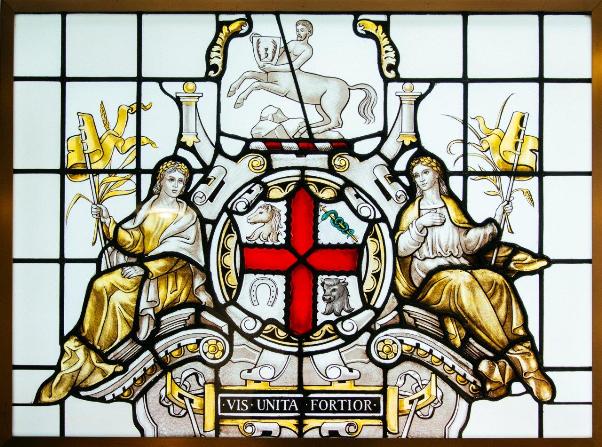My lords, ladies and gentlemen…
Tonight the RCVS President will welcome to the College a group of those who have helped it run smoothly over the last year. Invitees to the President’s Reception include examiners, those involved with the Practice Standards Scheme, members of the House of Lords and House of Commons, presidents of the veterinary and veterinary nursing associations and many others without whom the College could not perform its key functions.
It’s an annual social event that many look forward to, but looking back in the records we find that the first presidential social event happened on the 14 December 1854 (a year after the RCVS acquired its first permanent home) when William Field welcomed over 150 guests to a ‘converzasione’ in 10 Red Lion Square.
The Veterinarian* gives a full account of what appears to have been a grand affair. The guests were from a wide variety of backgrounds including members of parliament, artists, fellows of the Royal Society, surgeons, physicians … and even a few vets! Famous names included Sir Edwin Landseer, Michael Faraday, Edwin Lankester, and the Honorable Arthur Kinnaird
Many of the guests brought artefacts with them so that
“on the walls were hung many valuable paintings by Sir E. Landseer, J. Ward, R.A. and others.”
And the tables were
“covered with microscopes, stereoscopes and photographic drawings.”
There were objects from the museum of the Royal Veterinary College, “including several of unusual occurrence, such as ossification of the brain, heart, lungs, liver, spleen, &c.” And, in what would appear to be an early precursor of a poster presentation at a conference, “Mr James Turner suspended in the library tablets containing an account of some new ‘pathological facts’ connected with tetanus, as disclosed by the scalpel.”
Statues, ivory carvings and exotic plants from the Royal Botanic Gardens completed the scene.
So what was the point of having all these artefacts and people in one room? It appears it was to stimulate discussion between the veterinary and medical professions. The author of the piece gives a clue of its importance to the fledgling RCVS when he writes:
“Such associations cannot fail to promote the best interests of our profession …The free intercourse which…takes place between the members of it and the higher division of medical science…all tend to awaken thought, to stimulate further investigation, and to expand the mind…[and] a more intimate union of the two professions is thus effected.”
The event was so successful that it was repeated three months later… with different objects and different people.
These days the objects on the tables tend to be glasses of wine and canapés, but the opportunity to meet colleagues from across the profession, and from those organisations working closing with it, continues to be important.
*The Veterinarian 1 January 1855 pp 44-47

